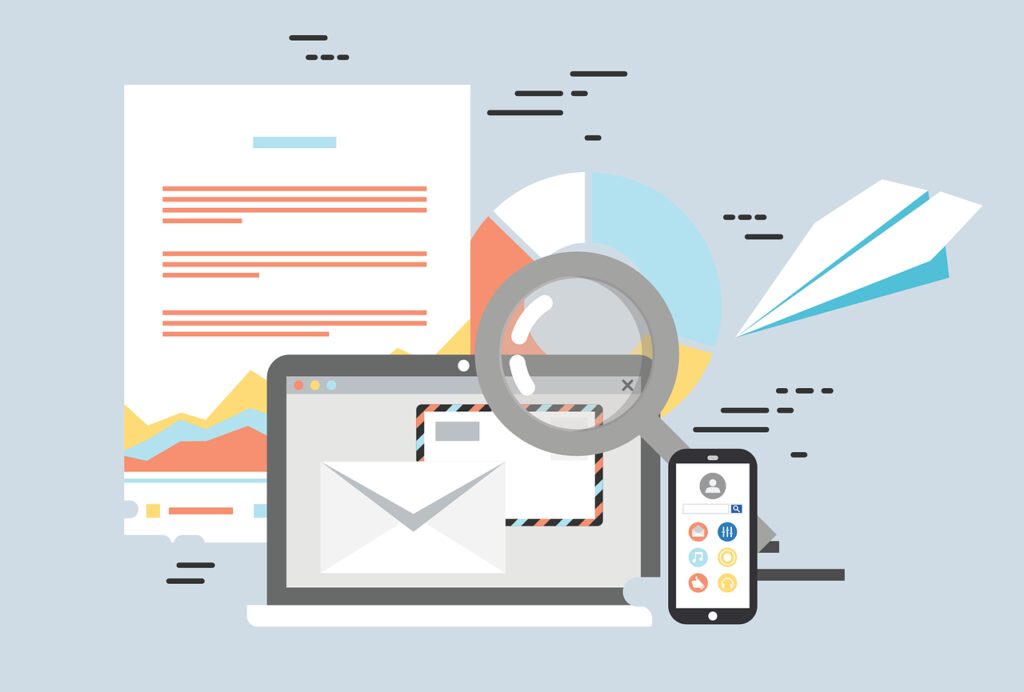Why Email List Segmentation and Targeting is Powerful
Email List Segmentation and Targeting is an effective strategy that businesses can use to deliver tailored emails to specific groups of subscribers. When done correctly, segmentation and targeting improve email marketing performance by increasing engagement rates, increasing ROI, decreasing churn rates, and more.
Why Email List Segmentation and Targeting Is Effective
E-commerce businesses can benefit from list segmentation by tailoring emails that appeal directly to their buying habits. For instance, you could segment your list based on a customer’s average purchase amount or overall purchasing history so that they receive more relevant content tailored specifically towards their interests.
Personalized content encourages subscribers to open and interact with your emails, increasing engagement. In turn, this increases your brand’s exposure and reputation in the eyes of its readers.
Personalizing your messages also reduces churn, as those who receive personalized messages are more likely to stay on your list and engage with future content. Plus, they’re more likely to convert into buyers in the long run.
Furthermore, a segmented email marketing strategy can boost revenue by targeting the right people with tailored messages. That way, you won’t waste time or resources on ineffective messages to an unresponsive audience.
Better customer service: Once your team understands the issues and concerns your customers have, they can create and execute tailored strategies to address them quickly. Furthermore, this allows your employees to resolve any problems faster and guarantee your customers have a positive experience working with your company.
More personalized messaging: Personalizing your messages allows subscribers to feel like they’re speaking with an expert and that your brand cares about them. As a result, they’re more likely to respond and share them with their peers.
You’ll also have the ability to target customers based on their job titles, since different positions have distinct challenges that need addressing. This allows you to craft campaigns tailored towards specific groups like IT managers or marketing representatives.
Your business’ values will resonate with these types of subscribers, as they can more closely align themselves with your mission and vision. Consequently, these customers are more likely to purchase from you in the future and refer your products to their friends and colleagues.
Email List Segmentation Enhances Customer Experience: With email list segmentation, you can better understand your subscribers’ satisfaction levels and offer them more helpful customer service. As a result, your brand can deliver an exceptional experience to each and every one of its subscribers, leading to repeat purchases and contented customers.
The great news is, email list segmentation can be implemented quickly and easily with an automated tool that makes personalizing each message effortless. Plus, it will enable you to track the performance of your emails so that future campaigns are even more successful!
What is the best way to segment email lists?
As a marketer, your email list is one of your greatest assets. It gives you direct communication with your audience and enables you to build relationships, drive sales and expand your business.
Not all subscribers are created equal; some are more engaged than others, have unique interests and needs, or may be in different stages of the buyer journey. That is why email list segmentation and targeting are so essential.
Segmentation involves breaking your email list down into smaller groups based on specific criteria such as demographics, interests or behaviors; targeting is the process of sending tailored messages tailored specifically for each of these segments based on their unique characteristics and needs.
Here are a few benefits of email list segmentation and targeting:
1. Increased Engagement: By sending targeted messages to specific segments of your list, you can increase engagement and open rates. When subscribers receive relevant messages that meet their interests and needs, they are more likely to pay attention and act.
2. Increased Conversions: Targeted messages can increase conversions as they address specific subscriber pain points and offer solutions. As soon as subscribers receive these targeted messages, their likelihood to purchase or take another desired action increases dramatically.
3. Increased ROI: Concentrating your efforts on the most engaged and valuable segments of your list can significantly enhance the return on investment from email marketing efforts, helping you allocate your resources more efficiently while getting maximum return from each email campaign.
How can you effectively segment and target your email list? Here are a few strategies:
1. Utilize data to guide segmentation: Analyzing subscriber data can reveal patterns and trends relating to demographics, purchasing history, website behavior or any other relevant variables.
2. Create Targeted Content: Once you have identified your segments, develop content tailored specifically to each one’s needs and interests – this might include product recommendations, educational articles or special offers.
3. Customize Your Messages: Take advantage of personalization tokens to address subscribers by name and include other pertinent details in their messages, which can help build trust and encourage greater engagement with your brand. This approach can lead to improved results.
4. Test and Refine: Continuously test and refine your messages and segmentation strategy according to their results, helping to maximize targeting over time and get optimal results. This will allow for continual targeting improvement over time and give the best possible results.
Email list segmentation and targeting is a powerful strategy for marketers. By breaking up your list into smaller groups and sending tailored messages directly to each segment, marketers can increase engagement, conversions, and return on investment. Take the time to segment and target messages that speak directly to subscriber needs and interests – and watch as their engagement and conversion rates skyrocket!



